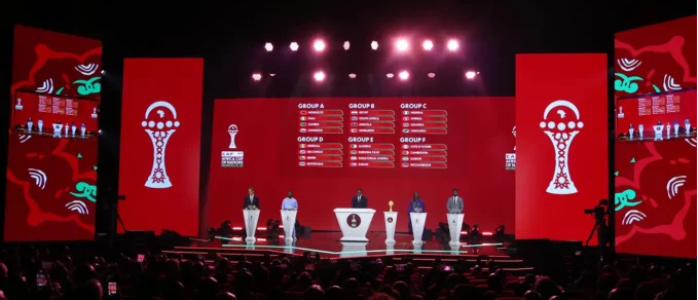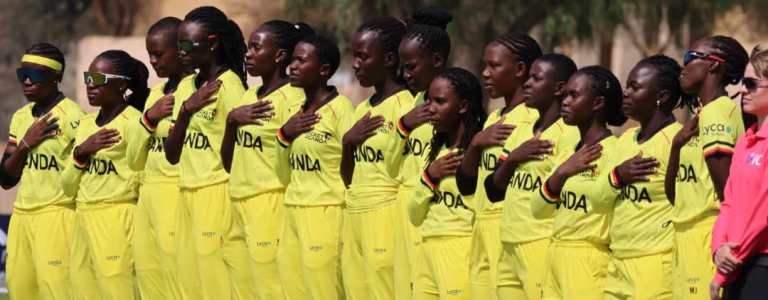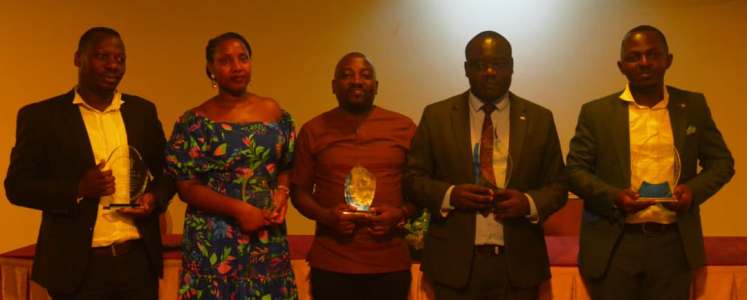Tanzania has officially taken command of East African football. With four clubs , Simba SC, Young Africans SC (Yanga), Azam FC, and Singida Black Stars , qualifying for the 2025–26 CAF group stages, and a record $24.48 million football budget, the nation has built a structure that other regional giants can only envy. This success is not accidental , it is the result of sustained government funding, federation professionalism, and a coordinated vision linking grassroots football to elite competition. In contrast, Kenya and Uganda , once considered regional powerhouses , are now lagging behind due to underinvestment, weak league structures, and fragmented football systems.
At the heart of Tanzania’s rise lies strategic investment and policy alignment. The Tanzania Football Federation (TFF) approved a record TZS 56.31 billion ($21 million) budget for 2025, while the government increased the Ministry of Sports allocation by over 80 percent to TZS 519.6 billion ($190 million). These investments are transforming the football landscape through better infrastructure, youth programs, and club support. Tanzania’s preparation to co-host AFCON 2027 has further accelerated development, with TZS 180 billion ($70 million) committed to stadium projects. Clubs have also stepped up , Yanga SC alone set a TZS 33 billion ($12 million) annual budget focused on infrastructure, recruitment, and commercial expansion , complemented by the government’s “Mama Goal” incentive that rewards clubs for continental goals and victories.
This holistic approach has created a self-sustaining ecosystem: federation reform, government support, corporate sponsorship, and club ambition all reinforcing one another. Tanzanian football now operates with the efficiency of a national project rather than an isolated sport. Its clubs benefit from competitive match environments, better facilities, and a growing fanbase that drives commercial value. The ripple effects are evident , improved youth pathways, larger television audiences, and greater continental competitiveness , positioning Tanzania as the clear leader in East African football development.
By contrast, Kenya and Uganda have yet to achieve such synergy. In Kenya, the Football Kenya Federation (FKF) has launched a KSh 1.12 billion ($8.8 million), 10-year partnership with SportPesa and a new county-based league structure to boost grassroots football. But these efforts are still undermined by weak club governance, inconsistent pay structures, and underdeveloped infrastructure. Uganda’s FUFA has raised club funding to UGX 3.4 billion ($900,000) and strengthened licensing regulations, yet execution remains inconsistent and most clubs fail CAF compliance tests. Both nations possess abundant talent and passionate fanbases, but their systems are too fragmented to produce lasting continental impact.
To close the gap, Kenya and Uganda must replicate Tanzania’s model through five key reforms: (1) invest in certified academies and youth leagues; (2) enforce strict club licensing and financial transparency; (3) build and modernize stadiums in partnership with government and private investors; (4) introduce performance-based incentives for CAF competition success; and (5) commercialize football through stronger media, merchandising, and fan engagement. Tanzania’s “Game Changers” initiative and “Mama Goal” rewards prove that targeted incentives and community-driven programs can fuel both development and ambition.
Tanzania’s current dominance is built on vision, discipline, and sustained action , not coincidence. The federation, government, and private sector are aligned behind a single purpose: turning football into a source of national pride and economic growth. For Kenya and Uganda, incremental reform is no longer enough. To compete regionally and continentally, they must transform football into an industry , one driven by professionalism, infrastructure, and youth development. The East African football crown now sits proudly in Dar es Salaam, but it remains up for grabs for any nation willing to match Tanzania’s ambition with equally bold execution



